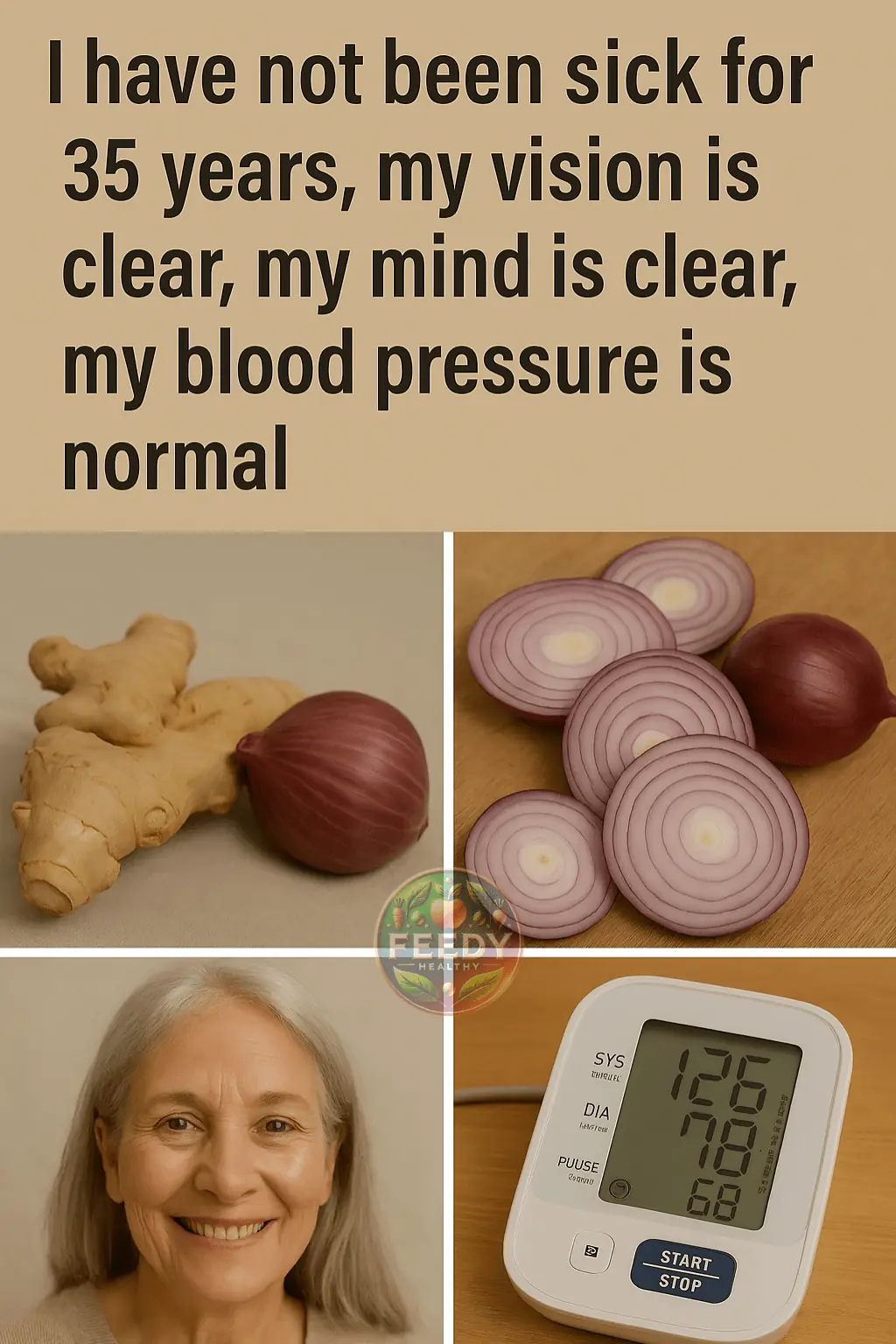
Man Who Predicted Covid Outbreak Reveals Chilling Warning About New Emerging Crisis

Over a decade ago, science writer David Quammen warned the world about a virus jumping from animals to humans — and he was right.
In his 2012 book Spillover: Animal Infections and the Next Human Pandemic, Quammen predicted that a novel coronavirus emerging from a wild animal—likely in a wet market in China—could spark the next global pandemic. That warning became reality with COVID-19.
Now, he’s raising the alarm again.
🦠 The New Threat: H5N1 Bird Flu
In an exclusive interview with the Daily Mail, Quammen voiced grave concerns about the H5N1 strain of bird flu, which is spreading rapidly through American farms and infecting an unprecedented number of animals — and even people.
“If you’re going to make a prediction about the next big pandemic, bird flu has the best chance,” Quammen said. “But it only takes a few random mutations for the unimaginable to become inevitable.”
So far, over 1,000 dairy cow herds, 168 million chickens, and more than 70 human cases — including the first recorded U.S. death — have been linked to this outbreak. The virus has already been detected in mammals like cats, raccoons, skunks, foxes, dolphins, and even in raw milk found in grocery stores.
🧬 Mutation, Roulette, and the Risk of Spillover
Quammen compares the mutation process to a roulette wheel.
“Each viral replication is a spin of the wheel,” he explained. “Billions of spins are happening daily in infected birds and animals. Eventually, the virus may hit the right combination to infect and spread easily among humans.”
This “evolution-by-chance” scenario makes H5N1 especially dangerous. Though human-to-human transmission hasn’t yet occurred, the virus is mutating. One Louisiana patient who died from H5N1 showed signs of genetic changes within the virus.
“I’m not saying it’s a certainty,” Quammen added. “But it’s a very distinct possibility.”
👥 Who’s at Risk?
So far, most human cases have occurred in farmworkers exposed to infected animals. However, two unexplained cases — one in a California toddler and one in a Missouri adult — have no known animal contact, raising serious questions about unseen pathways of transmission.
Additionally:
-
The first U.S. bird flu death was recorded in January 2024.
-
The CDC confirms 70 human cases in 14 states since March 2024 — the highest in over 20 years.
-
The virus has also appeared in unpasteurized milk and wild animals, fueling public health and food safety concerns.
🚨 The Bigger Problem: Factory Farming and Global Consumption
Quammen believes the crisis isn’t just about viruses — it’s about how human behavior creates the perfect storm.
“These massive industrial animal farms are petri dishes for viral evolution,” he warned. “We’re producing poultry and pork at factory scale — millions of animals crowded together. That’s dangerous for everyone, not just consumers.”
He also tied the risk to broader systemic issues:
-
Overpopulation
-
Excessive consumption of animal protein
-
Climate change
-
Ecosystem destruction
“It’s not just the number of humans, it’s the number multiplied by consumption,” Quammen explained. “We’re disrupting wild ecosystems and creating more opportunities for viruses to leap into humans — and thrive.”
🌐 Are We Ready?
Despite the growing threat, many experts argue the U.S. response has been slow and insufficient.
-
Testing for cattle and humans was mostly voluntary until late 2024.
-
Pandemic preparedness offices have been underfunded.
-
The virus continues to circulate in wildlife, farm animals, and even wastewater, with over 80% of samples in Iowa and California testing positive.
Still, there is some hope:
-
The U.S. has a stockpile of 20 million bird flu vaccines, with the capacity to produce 100 million more.
-
Antiviral medications like Tamiflu are effective.
-
Work is ongoing on animal vaccines and cross-species treatment options.
💡 What Can You Do?
Quammen urges individuals to consider their personal impact:
“Think twice about how much meat you eat and where it comes from,” he said.
“Think twice about having children, and how many. Our collective behavior shapes the environment that gives rise to these viruses.”
While we can’t control viral mutations, we can control the systems that give them room to thrive.
🧠 Final Thought
Quammen’s voice is a reminder that pandemics are not just freak accidents — they are the consequences of how we live.
If history teaches us anything, it’s that ignoring the warning signs costs lives.
The next big one may already be knocking.
And just like with COVID-19, we may not realize it until it’s too late.
News in the same category

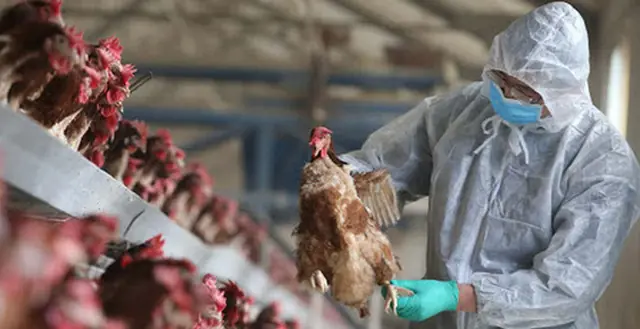
Alarming Health Warning: Experts Say the U.S. Faces Growing Threat from Bird Flu — “We Must Prepare Now”

Jon Bon Jovi reveals how his 36-year marriage to childhood sweetheart Dorothea has stood the test of time

The Truth Behind ‘Durex’: What Its Name Actually Stands For Has Left People Stunned

Stunning Video Reveals Why Your Brain ‘Blinds’ You for Two Hours Each Day

A License Plate in Perth Goes Viral for Its Clever Disguise — And Everyone’s Talking About It
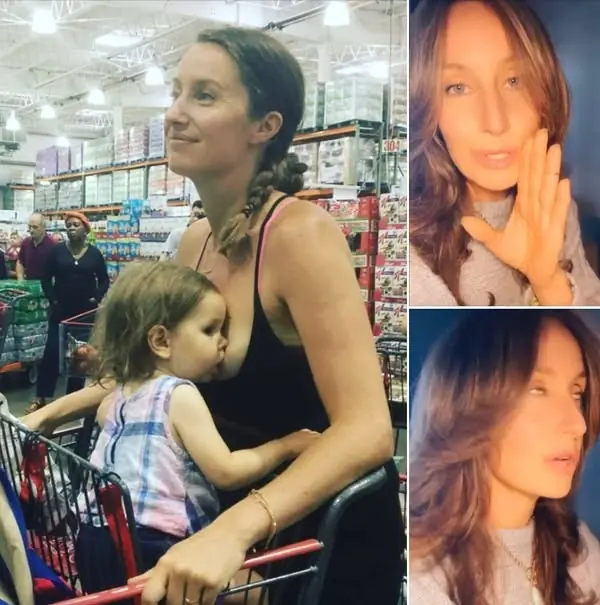
Mom Posts Pic of Her Breastfeeding in Costco and Finally Responds to Backlash…

Late Country Legend Kenny Rogers Was A Proud Dad Of Five — Including Twins Born At 65
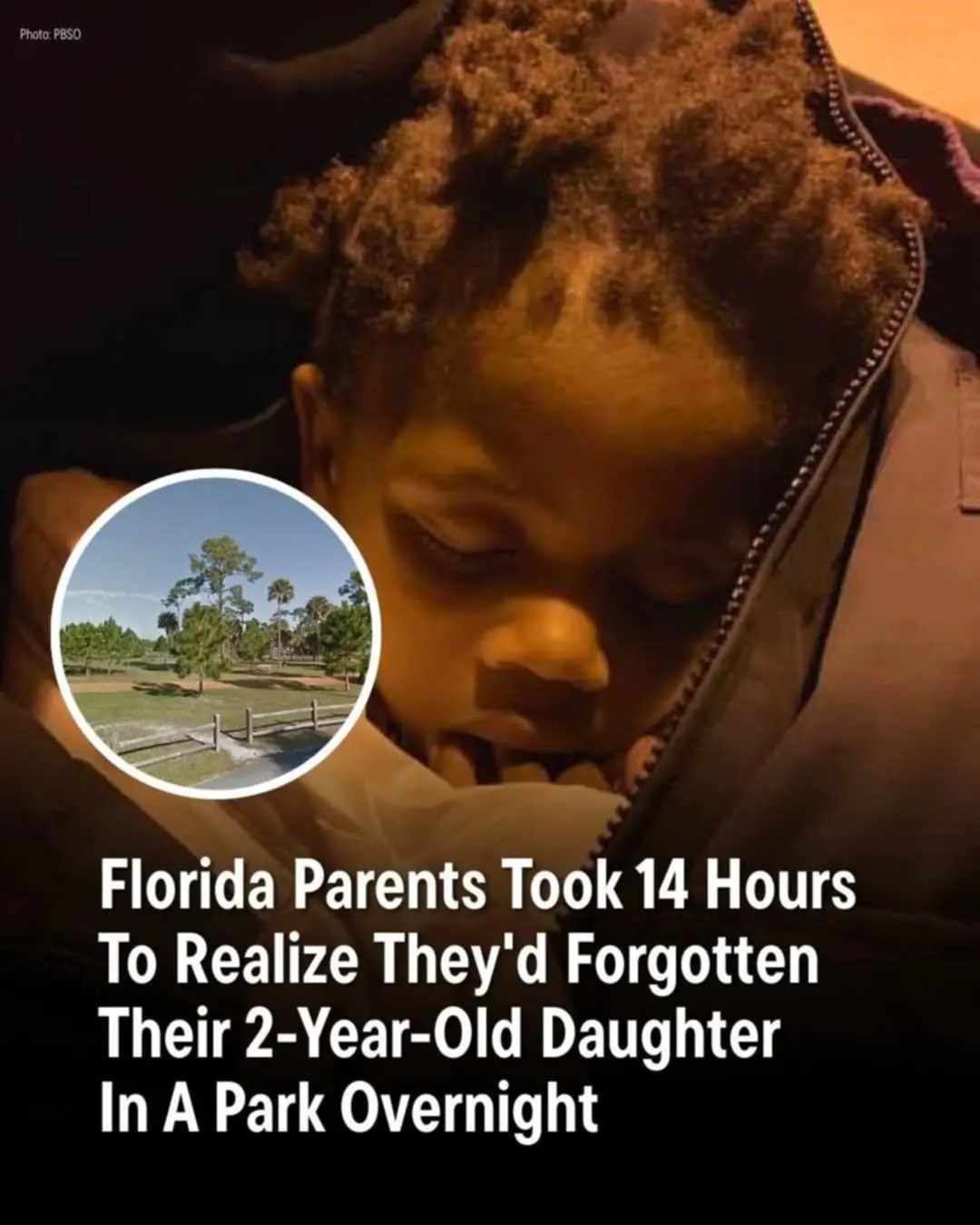
Parents in Florida left their 2-year-old daughter at a park overnight and didn’t realize she was missing for 14 hours.

Willie Nelson’s Hand-Crafted Log Cabin Sold For $2.14 Million, But Wait Till You See It Inside
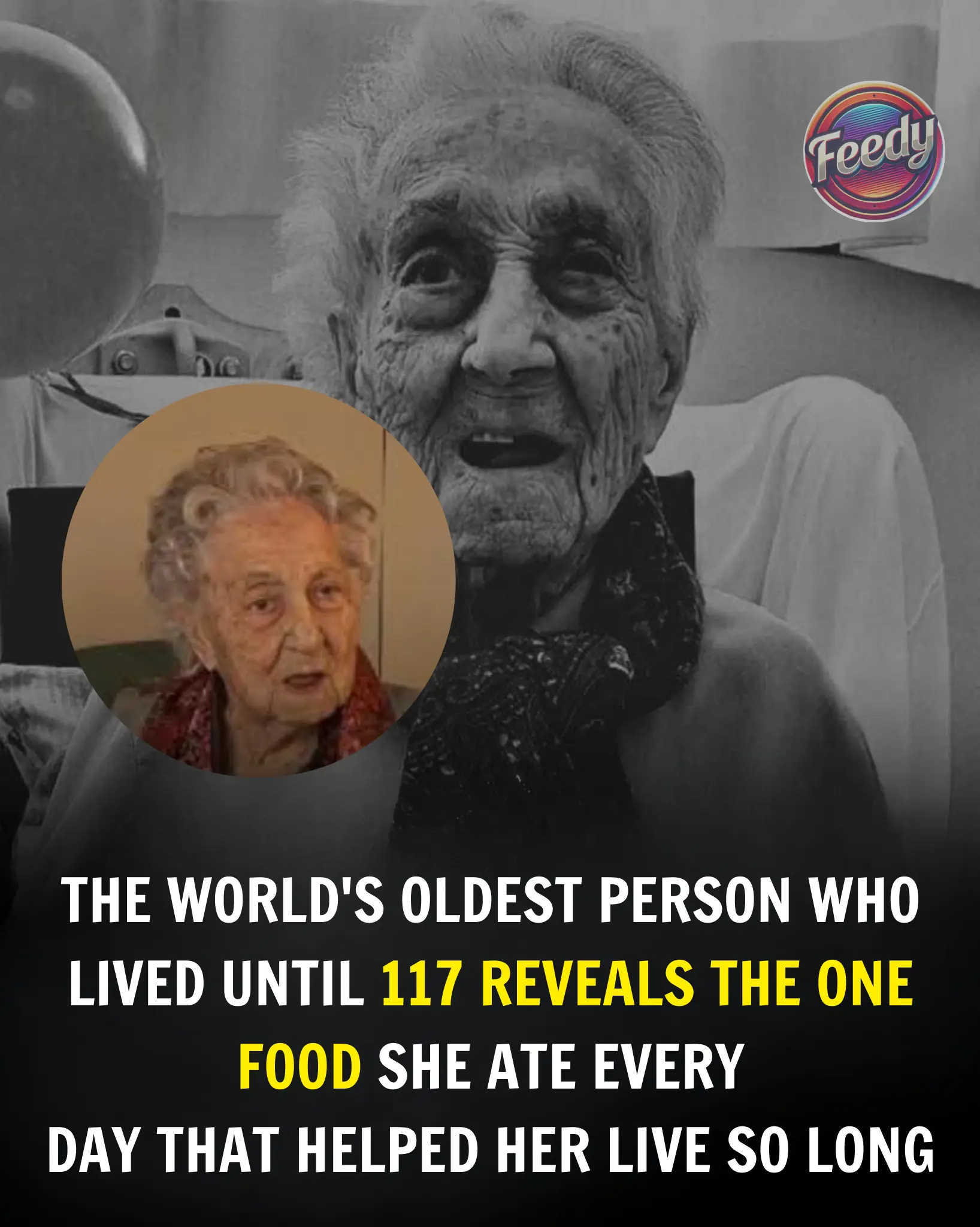
The world’s oldest woman, who lived to 117, ate the same meal every day throughout her life
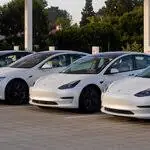
Tesla Faces $10 Billion Repair Bill After Major Defect Found in 4 Million Vehicles

Stop Throwing Out Silica Gel Packets

Zookeepers Stand By as Chimp Drowns—Until a Brave Truck Driver Leaps Into Action
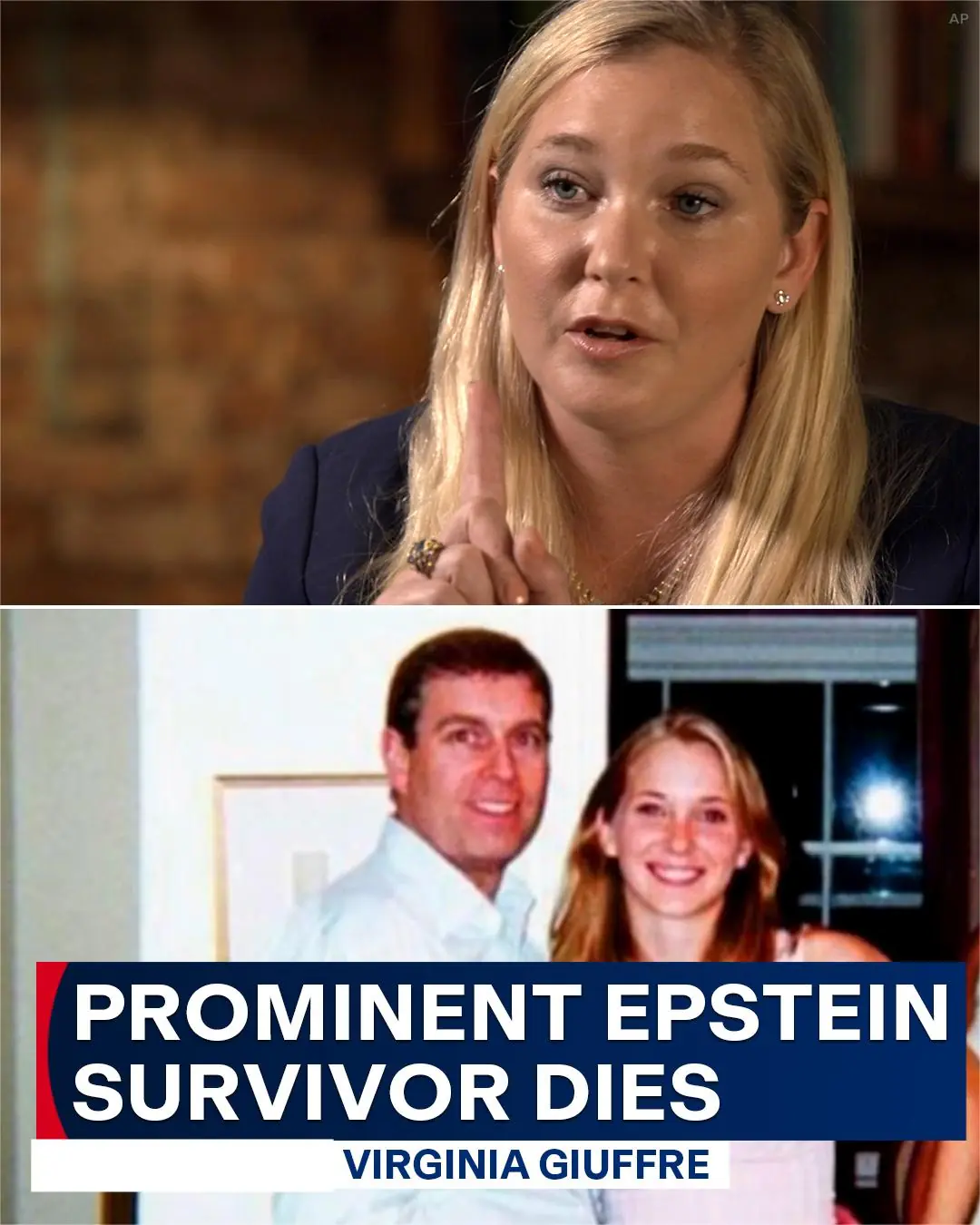
Prince Andrew and Jeffrey Epstein accuser Virginia Giuffre dies on family farm in Western Australia

The Surprising Truth Behind Why We Cross Our Legs — It’s More Than Comfort

The Moon, Venus, and Saturn Will Form a 'Smiley Face' Alignment This Week—Here's How to See It

The holy relics inside Pope Francis’ casket
News Post

100-Year-Old Beauty Recipe: 1 Potato for Firm, Wrinkle-Free Skin!

Mix Vaseline & Cloves and You Will Be Surprised With What It Does To Your Skin
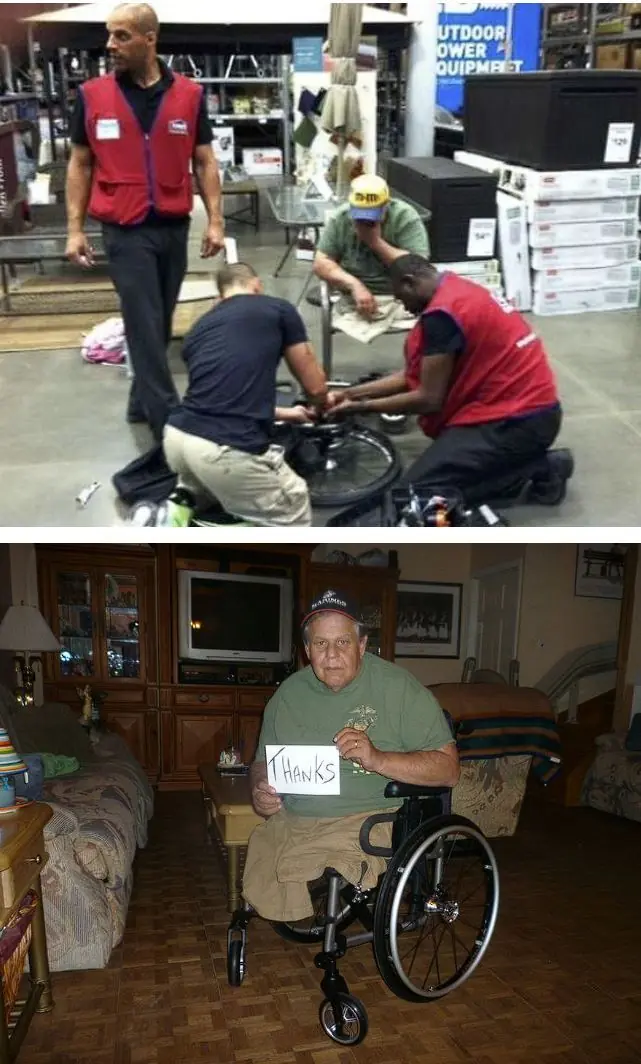
MY WHEELCHAIR BROKE AT LOWE’S—AND THE WORKERS DID SOMETHING I’LL NEVER FORGET

MY FATHER’S MILITARY MEDALS MEAN EVERYTHING TO ME

Treat Dark Circles, Sunken Eyes & Puffy Eyes with Home Remedies and Eye Creams

WE WAITED 1,103 DAYS FOR THIS PHOTO

🍋 Peppermint and Lime Juice – A Refreshing Natural Remedy

Tomato Coffee Solution To Remove Tan in Just 15 Minutes

Paramedic fatally stabbed by patient he was trying to help during ambulance ride, police say
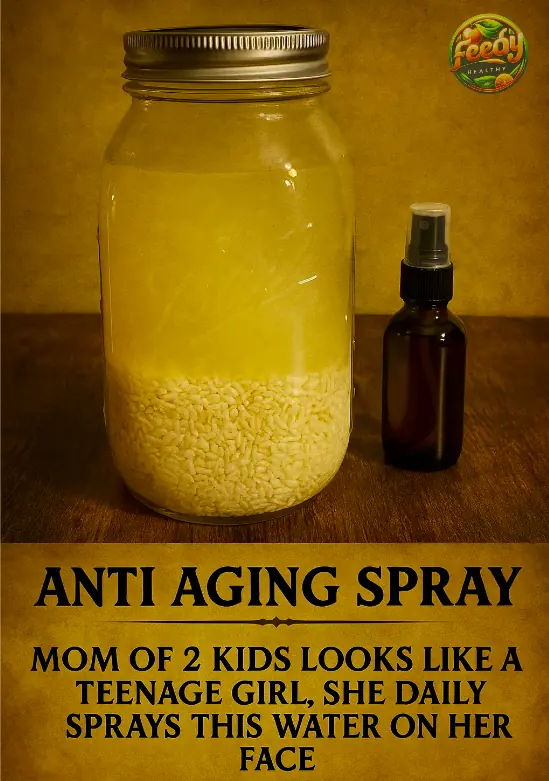
Home Made Facial Mists for Soft and Glowing Skin

At the wedding, the bride’s dog stood in the way.

Alarming Health Warning: Experts Say the U.S. Faces Growing Threat from Bird Flu — “We Must Prepare Now”

Say Goodbye to Varicose Veins and Heavy Legs with Just This: Pure Aloe Vera Leaf – 100% Effective 🌿

Pumpkin Seeds: A Natural Remedy for Bladder and Prostate Health

Brow Boosting Serum For Thick Eyebrows
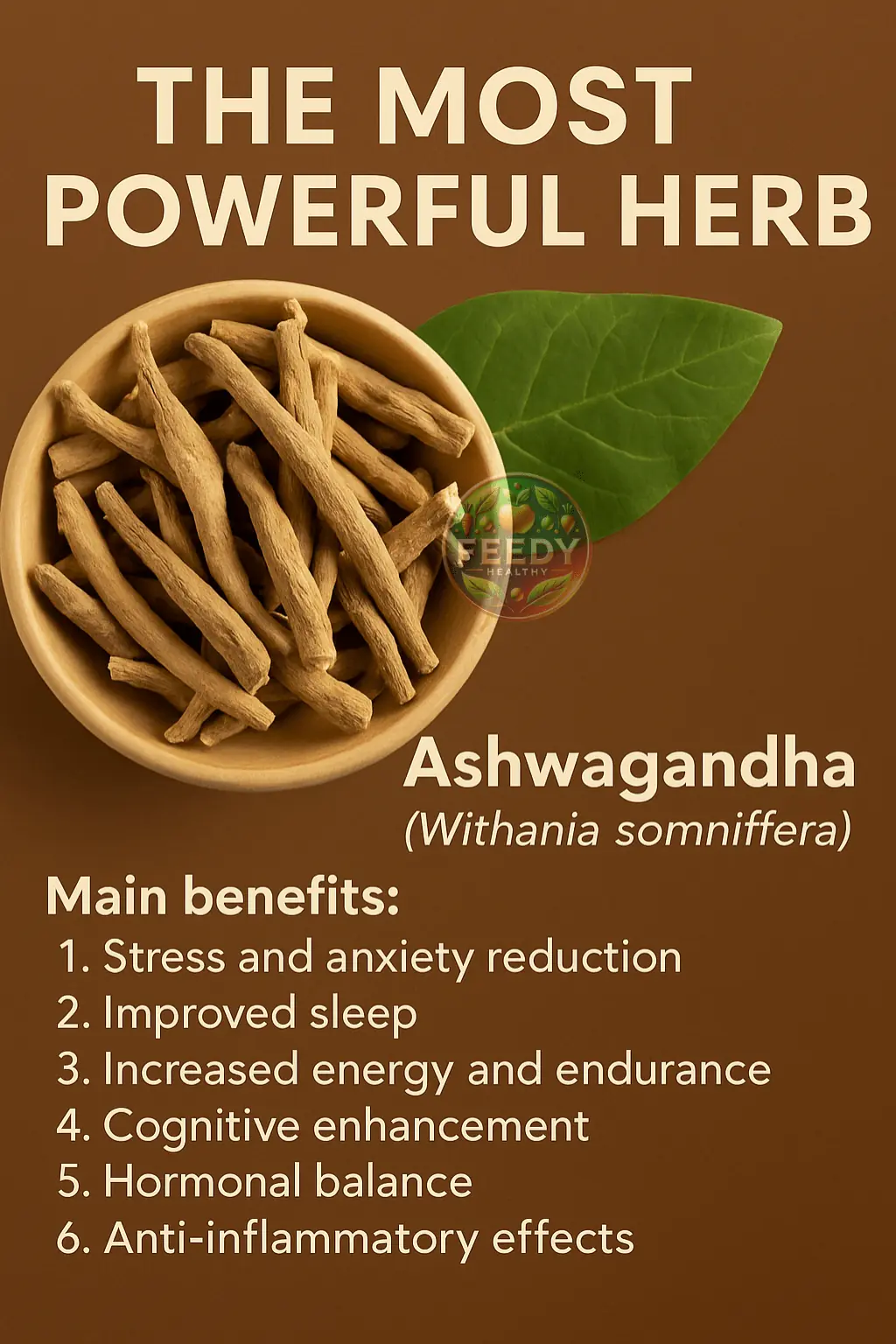
THE MOST POWERFUL HERB YOU SHOULD KNOW ABOUT 🌿
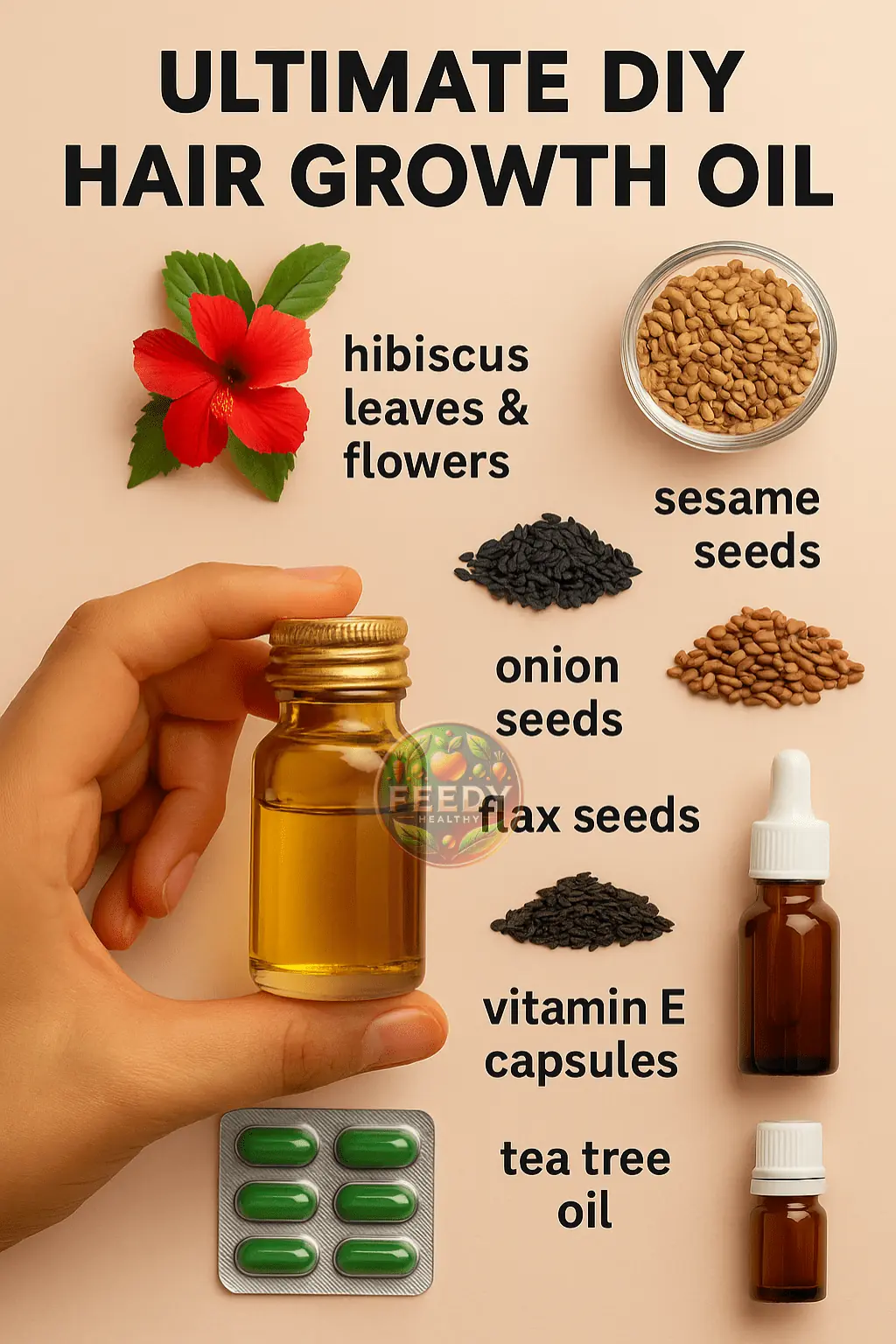
Best Hair Growth Oil
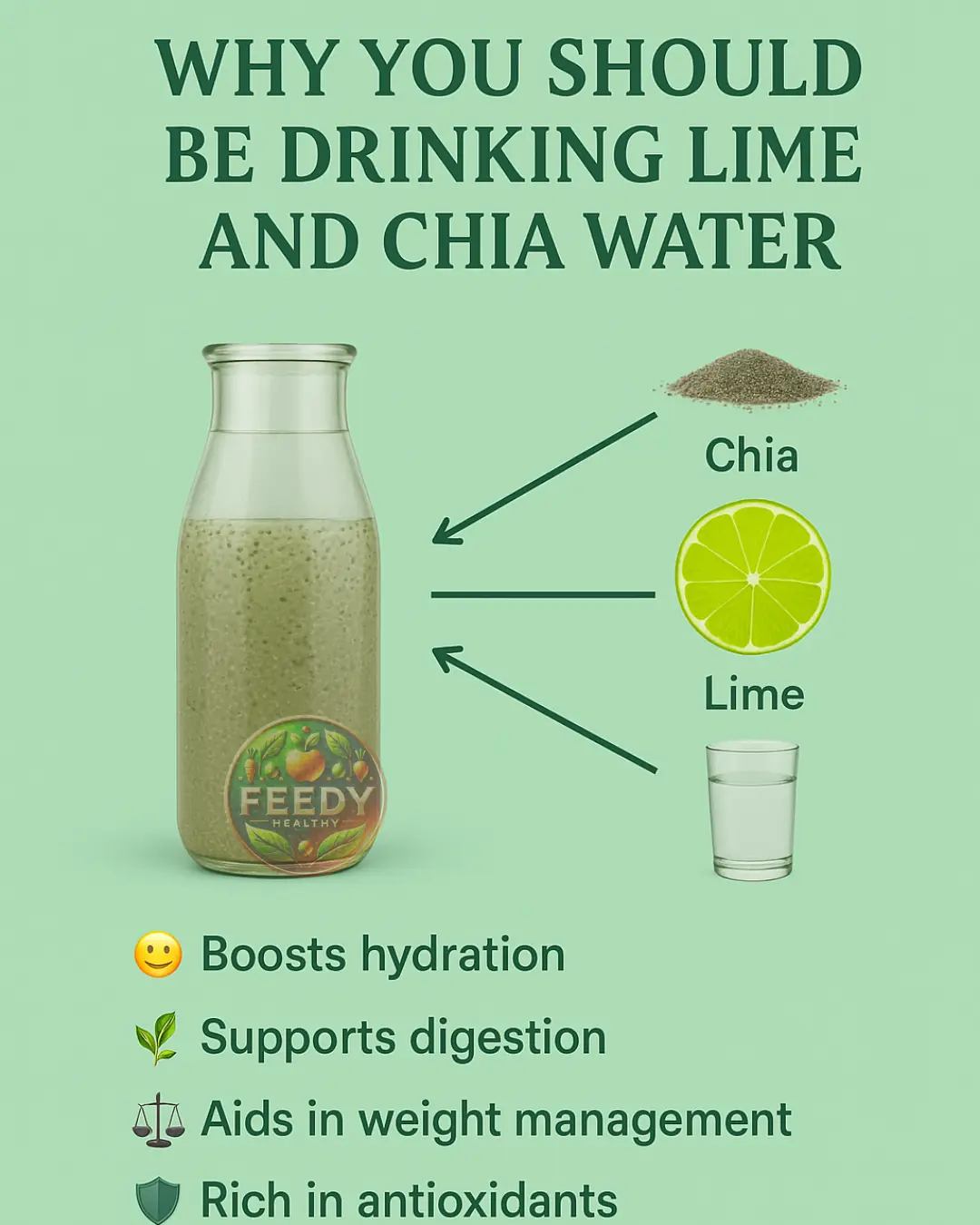
Why You Should Be Drinking Lime and Chia Water
